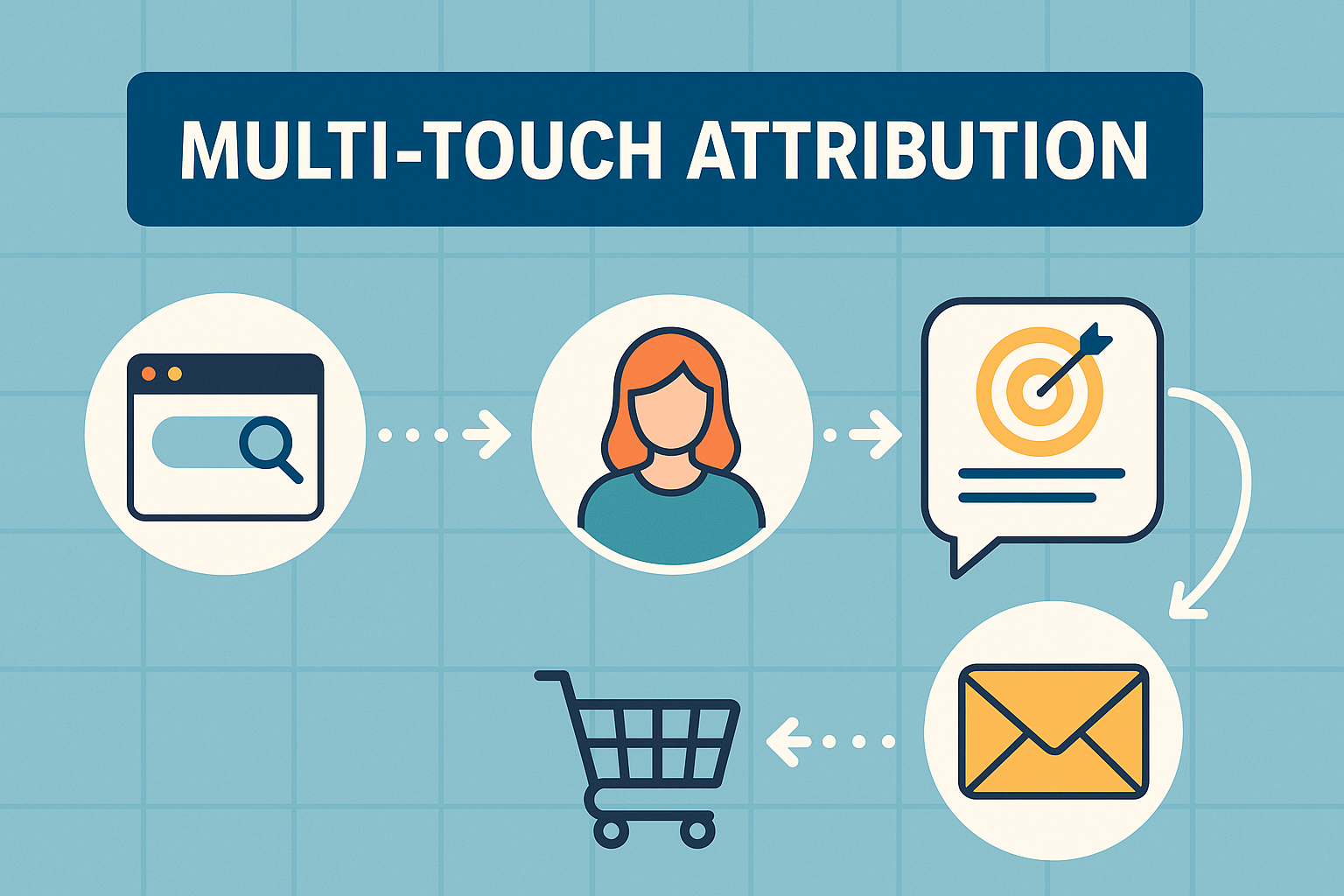In the rapidly evolving landscape of digital marketing, businesses are constantly seeking better ways to understand the customer journey. Traditional methods of measurement often fall short when trying to pinpoint which touchpoints influence purchasing decisions. This is where multi-touch attribution (MTA) comes into play, offering a sophisticated approach to assess the effectiveness of various marketing channels and strategies. In this article, we will explore what multi-touch attribution is, why it matters, its models, benefits, and how to implement it effectively in your marketing campaigns.
What is Multi-Touch Attribution?
Multi-touch attribution refers to the analytical process of assigning credit to multiple marketing channels and touchpoints that lead to a conversion or sale. Unlike first-touch attribution, which gives all credit to the first interaction a customer has with a brand, or last-touch attribution, which credits the final touch before conversion, MTA acknowledges that a customer’s decision is often influenced by various interactions across their journey.
For instance, a customer might first discover a product through a Google ad, research it on a review website, click through a retargeting ad on social media, and eventually make a purchase via an email marketing campaign. MTA considers all these points, providing a holistic view of how each touchpoint contributes to the final decision.
Why Multi-Touch Attribution Matters
Understanding the effectiveness of your marketing efforts is crucial for several reasons:
- Informed Budget Allocation: By identifying which channels are most effective, businesses can allocate their marketing budget more effectively. This leads to improved ROI and better overall marketing performance.
- Enhanced Customer Insights: MTA provides deeper insights into customer behavior, helping marketers understand the journey that leads to conversions. This insight is invaluable for optimizing marketing strategies.
- Improved Strategy Development: With a clearer understanding of how different touchpoints influence purchasing decisions, marketers can craft targeted campaigns that engage potential customers at each stage of their journey.
- Increased Accountability: MTA allows marketing teams to justify their strategies and expenditures, demonstrating the value of specific channels and campaigns.
Multi-Touch Attribution Models
There are several methods to implement multi-touch attribution, each with its own approach to distributing credit among touchpoints. Here are the most commonly used models:
- Linear Attribution: This model assigns equal credit to all touchpoints across the customer journey. It’s simple and straightforward but doesn’t account for the varying impact of different interactions.
- Time Decay Attribution: In this model, touchpoints closer to the point of conversion receive more credit than earlier interactions. It’s based on the premise that recent engagements have a greater influence on the decision to purchase.
- U-Shaped Attribution: This model gives 40% credit to both the first and last touchpoints, with the remaining 20% distributed among the middle interactions. This highlights the importance of both initial and final engagements in the customer journey.
- W-Shaped Attribution: Similar to the U-Shaped model but more comprehensive, this approach allocates credit to the first touch, last touch, and a significant mid-journey interaction (typically around 30% credit).
- Custom Attribution Models: Some businesses opt for a tailored approach, creating a unique model that reflects their specific customer journeys and business goals.
Benefits of Multi-Touch Attribution
Implementing multi-touch attribution can bring numerous benefits to your marketing strategy, including:
- Increased Marketing Efficiency: By understanding which channels and touchpoints yield the best results, you can optimize your campaigns for better performance and efficiency.
- Better Customer Experience: Insights gained from MTA can help shape a more personalized customer experience, addressing the needs and preferences observed throughout the customer journey.
- Improved Sales Forecasting: By analyzing how leads progress through the sales funnel, businesses can better predict future sales and adjust their strategies accordingly.
How to Implement Multi-Touch Attribution
Implementing multi-touch attribution effectively requires a strategic approach:
- Define Your Goals: Determine what you want to achieve with MTA, whether it’s increasing sales, improving customer retention, or enhancing brand awareness.
- Utilize the Right Tools: Invest in analytics and marketing attribution tools that can track customer interactions across various channels. Popular options include Google Analytics, HubSpot, and Adobe Analytics.
- Collect and Analyze Data: Gather data from all touchpoints in your customer journey. Analyze this data to identify patterns and behaviors that inform your marketing strategies.
- Choose the Right Attribution Model: Select a model that aligns with your goals and business structure. Consider starting with a more straightforward model and evolving to a complex one as you gather data and insights.
- Continuously Refine Your Approach: Multi-touch attribution is not a one-time process. Regularly review and adjust your strategy based on the insights you gain and market changes.
Conclusion
In an era where data drives decision-making, multi-touch attribution is a game-changer for marketers seeking to gain a comprehensive understanding of the customer journey. By recognizing the value of multiple touchpoints, businesses can optimize their marketing efforts, enhance customer experiences, and ultimately drive growth. As you embark on your multi-touch attribution journey, remember that the goal is not just to measure performance, but to derive actionable insights that lead to better marketing strategies and happier customers.

